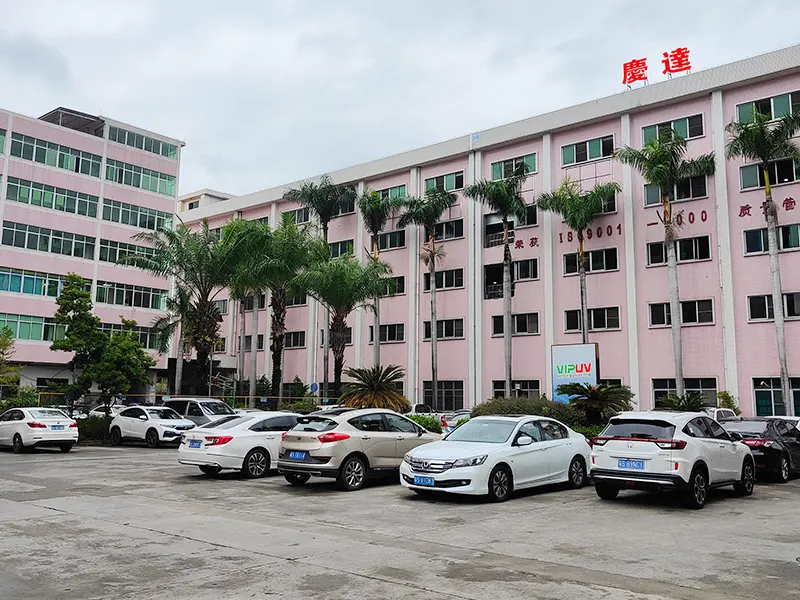A Brief Discussion on Adding a UV Drying System to a Conventional Offset Press
Release date:
2018-12-29
Modifying a conventional offset press for UV curing involves six key steps:
1. Add a UV curing device
The added UV curing light source is typically a metal halide lamp or high-pressure mercury lamp. Precautions are as follows:
1) Install a reflector
Without a reflector, approximately 80% of UV light is scattered and cannot reach the printed surface. Therefore, the UV lamp must be fitted with a lampshade to reflect and concentrate the UV light onto the printed surface. Regular cleaning and maintenance of the reflector are also necessary. Paper dust or sprayed powder adhering to the reflector will affect the UV lamp's reflective efficiency. If the UV lamp is not used for a long time, the UV lampshade should be closed to prevent dust from entering.
2) Choose a high-performance energy control device
The main function of this device is to ensure the stable UV energy emitted by the UV lamp to maintain curing efficiency and stability, adapting to different printing speeds.
3) Don't overlook the cooling device
The performance of the cooling device corresponding to the UV curing device must also meet the requirements. The better the performance, the less heat the substrate receives, the less deformation occurs, and the better the printing and registration.
2. Replace the ink rollers and blanket
Due to its strong corrosiveness, UV offset ink may cause conventional printing ink rollers and blankets to swell, affecting the stability of printing pressure. In severe cases, it may even cause peeling or surface cracking. Therefore, UV offset printing has extremely high requirements for rollers and blankets. The selection of ink rollers and blankets must be compatible with UV offset inks. Precautions are as follows:
1) Ink rollers
UV-dedicated or dual-purpose ink rollers are required. EPDM rubber or silicone rubber rollers are usually selected, with a hardness preferably above 40 Shore A.
2) Blanket
UV-dedicated or dual-purpose blankets are required. The following two types of blankets can be selected:
UV-dedicated blanket: The blanket compound contains UV-resistant resin components, which can withstand UV irradiation, preventing the blanket from pulverizing.
UV self-adhesive blanket: The rubber surface contains UV-resistant resin, extending its lifespan during UV printing.
3. Replace the grippers
Under UV irradiation, the gripper teeth may deform due to heat, affecting registration and printing. Therefore, the grippers on units with UV curing devices must be replaced with UV-dedicated grippers. Conventional offset press units do not have such strict requirements for grippers.
4. Replace the dedicated printing plate
UV-dedicated or dual-purpose plates can be selected, or ordinary plates can be heat-treated. Conventional PS plates made using conventional methods need to be baked for 10-15 minutes (at 250℃). CTP plates also need to be baked for 10-15 minutes (at 250℃).
5. Choose the appropriate fountain solution
The fountain solution should not contain excessive gum arabic.
6. Choose the appropriate ink cleaner
Use a UV printing-dedicated ink cleaner; using a conventional ink cleaner will damage the UV printing plate.
Added, uv, printing, ink
Related news






